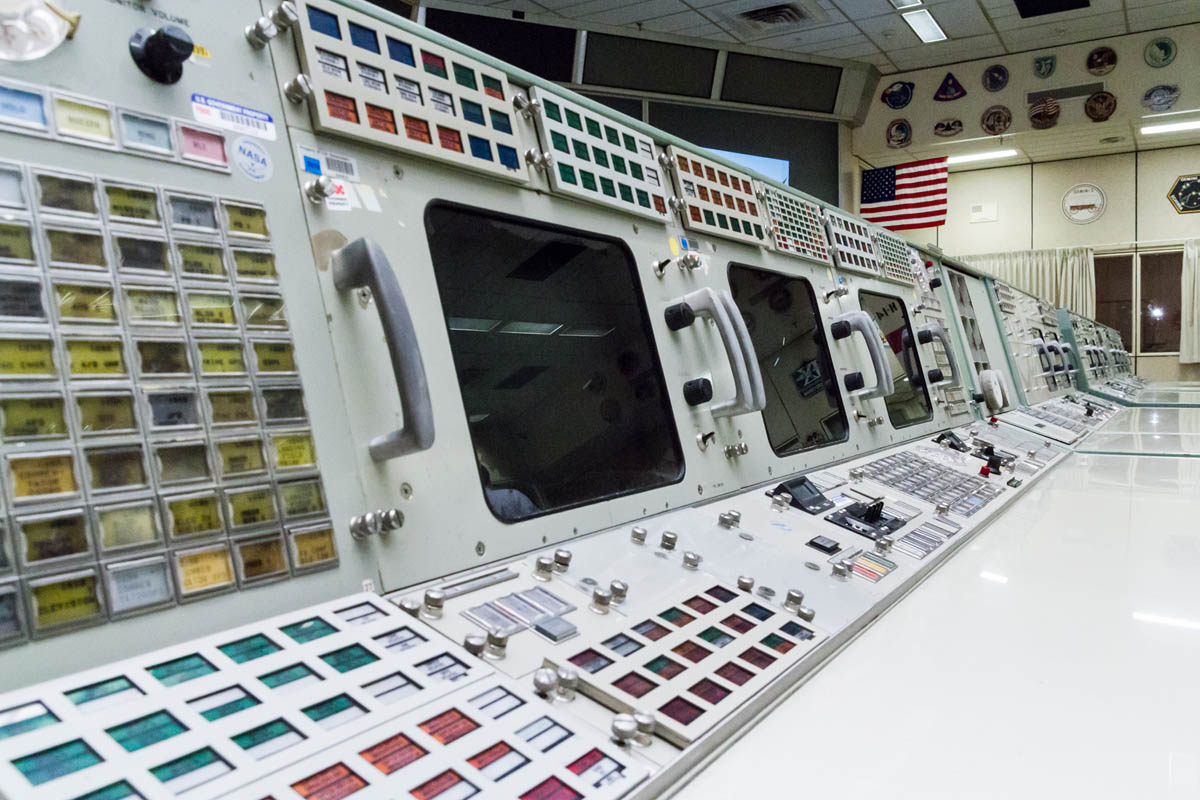Various sources are suggesting that Gulfstream Aerospace will reveal the much anticipated P42 aircraft project in the coming weeks.
If “P42” doesn’t ring a bell, don’t worry. Most people who fly Gulfstreams for a living probably haven’t heard of it either. But among those who follow the nitty-gritty details of the industry, most believe it’s going to be the successor to the G450 line, an design which (sans avionics upgrades and a few minor changes) has been in production since 1985. Thirty years is a long time for any model to remain viable in the competitive world of new aircraft sales, and it speaks volumes about the quality and capability of the product that it’s been king of the hill for so many decades.
It’s All in the Timing
Assuming P42 is indeed a G450 replacement, one wonders “Why now?”. I think the answer is that Gulfstream faced no serious competition until recently. While there have been higher flying, faster, and larger models for a long time, it’s only now that those elements are becoming available in a single design at a competitive price point and operating cost.
Falcon and Bombardier present the primary challengers, having recently announced the development of airplanes with the cabin size, speed, and range to threaten sales of a model Gulfstream has been building for decades. While GAC could have chucked the 450 design a long time ago, the smart move is to leave an airplane in production as long as it continues to sell. The proof is in the numbers: there are about 850 Gulfstream IV/450-series aircraft in service, and the order book is still quite full.
Of course, you remain successful by staying ahead of the Joneses, and that’s what P42 is all about. AIN hinted at this in their EBACE convention coverage earlier in the year:
General Dynamics chairman and CEO Phebe Novakovic said last month that 60 percent of Gulfstream’s order intake during the first quarter was for the G450 and G550. And in the fourth quarter of 2013, China’s Minsheng Financial Leasing placed a 60-aircraft order with Gulfstream estimated at about $3 billion, the bulk of which is for G450s and G550s.
But there is trouble looming on the horizon for the legacy large-cabin Gulfstreams. The $45 million Dassault Falcon 5X, announced in October at the NBAA Convention, took direct aim at the G450. The 5X, which is expected to enter service in 2017, offers a range of 5,200 nm, 700 nm more than the G450, and a 98.4-inch cabin cross section that largely matches that of the G650, Gulfstream’s widest jet. Striking another blow, Dassault launched a Falcon 7X derivative (8X) here at EBACE that similarly challenges the G550.
“But don’t think for a minute that Gulfstream is idly sitting by,†business aviation analyst Brian Foley told AIN. “Gulfstream has plans to respond to Dassault, but it’s a balancing act as to when you make an announcement. Too soon, and you hurt sales of your existing products; too late, and it appears you’re hastily reacting to the market.â€
Whatever P42 turns out to be, it’s going to represent a major shift for Gulfstream. Most of the existing fleet is related to a half-century-old derivative of a turboprop. The changes and updates to that line, while significant, have also been incremental. A bigger wing here, new avionics there, engine upgrades or a longer fuselage from time to time. The big question is this: will P42 be a clean-sheet design, or a derivative of the G650?
I’m guessing it’s the latter. Once the G650’s technology has found success in the marketplace, why not leverage that investment by offering models to suite different mission requirements and price points? It not only amortizes the billion dollar development cost, but also ensures a greater likelihood of success. Gulfstream has done this before, and not just with the G-IV/SP/300/350/400/450/etc line. Their G280 has been successful in large part because they mated a scaled-down G550 airfoil to a stretched G200 airframe.
Agent 86 Would Be Proud
Whatever P42 is, one of the program’s most impressive aspects thus far is the cone of silence that surrounds it. With more than 13,000 employees situated at facilities around the world, Gulfstream Aerospace is not exactly a small enterprise. In addition, they work closely with Honeywell, Rolls-Royce, Parker Aerospace, and countless other suppliers and subcontractors. Collectively, tens of thousands of individuals probably have exposure to and knowledge of P42, yet even in our ultra-connected world, a place where everyone totes around a 24/7 internet connection and high-resolution camera in the palm of their hand, the vault door has remained firmly closed. That’s impressive.
Compare this to the sieve-like atmosphere at Apple, where the whole world seems to know about products while they’re still on the drawing board. Is it just the fact that jets are “big money”? I don’t think so. The unit cost might be high, but the volume is incredibly low when compared to the millions of products a firm like Apple will sell in a single week.
Your Father’s Oldsmobile
Speaking of older technology, I was re-living the 1969 landing of Apollo 11 via firstmenonthemoon.com, and as always where Apollo is concerned, I was fascinated by the computing power — or more accurately, the lack thereof — in that project. The outdated iPhone any schmoe can grab for nearly free these days has infinitely more muscle than the IBM/360 mainframe which guided humans to a smooth lunar landing.
(By the way, if you’d like to get an in-depth look at what all those blinking lights on the mission control consoles really did, I highly recommend this Ars Technica article.)

But what really got me was the realization that from a chronological and computational power standpoint, the Gulfstreams that I fly are more closely related to that Apollo-era hardware than they are to today’s computers. The first moon landing was in 1969, just sixteen years before the G-IV went into production. Yet that airplane has been flying for nearly thirty years.
While the airframe itself belies the aircraft’s age, the avionics don’t. When asking to extend a centerline or compute a VNAV flight path, there’s enough time to grab a sip of coffee before the system displays a solution. There’s nothing wrong with that, mind you. The Honeywell SPZ-8400 is capable of doing everything a more “modern” avionics suite does, from VNAV approaches and WAAS to TAWS, GPWS, TCAS, and all the other bells & whistles. But it’s like using any other computer more than a few years old: the lack of power can be clearly felt.
The presence of older technology in avionics is not limited to business jets. I recall that the space shuttle had some pretty ancient stuff in it as well. When the orbiters received their glass cockpit avionics upgrades in the early 2000s, the five General Purpose Computers which form the heart of the shuttle’s computer system were mild upgrades of the existing AP-101 units. Even the “new” boxes weighed in at sixty-four pounds a piece and drew 600 watts each.
It’s worth noting that the AP-101S shares the same system architecture as the IBM/360 mainframe from the lunar program. If the shuttle was flying today, it would undoubtedly be using those exact computers, partly because of the difficulty and expense involved in certifying space-worthy hardware. But also because if it ain’t broke, why fix it? Perhaps that will be the legacy of not only the long-lived Gulfstream II/II/IV/V/x50 airplanes, but the upcoming P42 mystery bird as well.

Exciting sir. Seems much of what is coming is still on the horizon. I’m all for clean sheet designs, but if the system works, they can upgrade it nicely so its even better. Longer, faster, further, higher, bigger has always been conversations regarding airplanes. PS. CFI training starts up again Nov 1! (take 3) KGYR
Congrats on the new training date! Yes, upgrades and incremental improvements are the norm rather than the exception in aviation. You can see how the Cherokee evolved into the Archer, Arrow, Saratoga, etc. Or the evolution from the DA20 to DA40 and DA42. Most manufacturers do it. Perhaps that’s why when something truly new rolls out, it’s especially noteworthy.
I would equate Gulfstream’s series of planes as the equivalent to the Porsche 911. Porsche has tried to stray away from it in the past, with hopes of discontinuing it at some point, but was never able to do it. The demand and the icon remain, although other models had to support its existence at some point. I would love to see a clean sheet design, but I have my doubts and you can bet the Board of Directors at Gulfstream are very cautious.
As for avionics, seems we are very easily amused as the ProLine 21 unit is based on the 386 chip and the G1000 is almost 10 years old and “outdated”. I personally, think they are both state of the art.
The “Gulfstream” remains the apple of many eyes, regardless of whether another plane has a slightly bigger cabin or a little longer range. Think about it, nobody grows up and says “I want to fly the Falcon 7x”. Not to take anything away from Falcon, they are great planes, just saying…
I definitely fall into the “easily amused” category! I wasn’t aware that the Proline 21 runs on a 80386 processor. Very interesting, because as I recall the system was first introduced in 2000. The 386 was pretty ancient by that time.
GAC’s board is undoubtedly treading with caution. I read the press release about the P42 today, and it seems they’re doing just as you suggested: parlaying the G650 investment into a wider fleet while still retaining the 450/550 airplanes.
You might get some hate mail for that crack about the 7X… but I do agree with you. 😉
I believe you will see a G-IV sized airplane with G550 range. A bigger tube and the iconic Gulfstream nose. I also think you will see Pratt and Whitney GTF engines on it which will be a big change from the Rolls Royce engines of the past.
I like your prediction Dave! A geared turbofan would be a big change, indeed. In fact, any powerplant not manufactured by Rolls-Royce would be as well. Has a Savannah-built Gulfstream ever emerged without Rolls-Royce engines on it? I suppose the change was inevitable given the increasing focus on fuel efficiency.